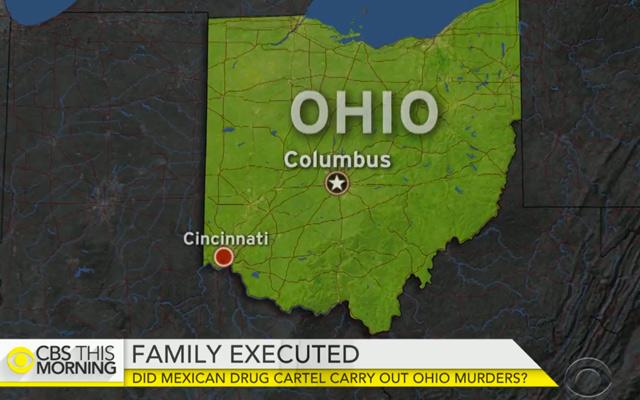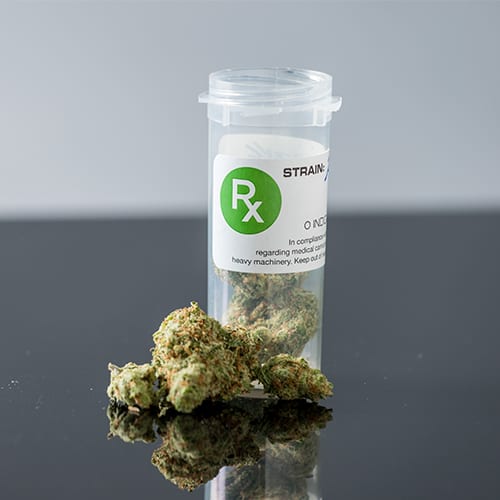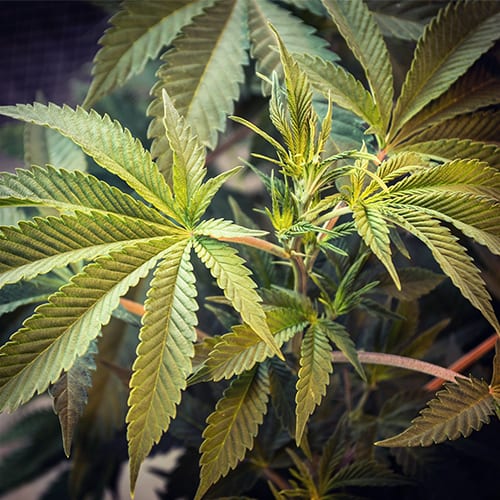
Since the brutal murders of eight relatives in Piketon, Ohio last week, authorities have launched an all-hands-on-deck investigation that prompted interviews with 60 persons of interest but yielded no arrests or hard leads. As officials search for answers to the grisly crime, the media has speculated that the drug war – and cartels in particular – may have been to blame.
Hundreds of marijuana plants found at the multi-site crime scene suggested a commercial operation, and reporters have focused on that detail as a telling bit of information. The brutality of the murders – all victims, ages 16 to 44, were shot in the head; one of them was sleeping next to a four-day-old infant – in addition to the drugs and the town’s history have tempted members of the media to implicate the cartel in this gruesome crime.
“Is drug cartel behind execution-style murder of Ohio family?” a CBS News headline asked (but did not answer) yesterday. In an accompanying video, reporter Norah O’Donnell tells viewers, “CBS News has learned investigators are looking at the possibility a Mexican cartel killed eight family members of an Ohio family in a pre-planned execution.”
But according to Fox News Latino, the Ohio Attorney General’s office says that it has not seen any ties to Mexican cartels since 2012. And the cartel theory is still just that: A theory.
Later in the CBS broadcast mentioned above, a field reporter acknowledges other potential motives, like local drug competitors and family feuds.
“We have no idea. I mean you know we’re running those leads out, there’s many different theories,” Ohio Attorney General Mike DeWine told CBS. “Whoever done it, know the family because there were two dogs there that would eat you up. But I ain’t going to say no more.”
That CBS ran such a suggestive headline on a story in which the Ohio Attorney General literally said “we have no idea” what caused the crime speaks not only to the media’s slant toward sensationalism, but also to the public’s collective consciousness when it comes to prohibition. Brutality is an indisputable part of prohibition, and our understanding of the black market is so defined by violence that a murder at a marijuana grow sparks a knee-jerk response: The cartels did it. When marijuana is illegal, criminals who settle scores with guns on the streets run business.
The speculation around this heinous crime may not be responsible, but it is logical: Drug-dealing is a lucrative business, driving violence across the globe. Plus, cartel violence is not limited to south of the United States border. Pike County, Ohio has seen cartel criminal activity before; in 2010 “items left behind” at sites where thousands of marijuana plants were discovered linked the operations to cartels, the Knoxville News Sentinel reported Tuesday. In the same report, the Sentinel explained that “the remoteness of the wooded countryside in Pike County, Ohio makes it a perfect place for Mexican cartels trying to grow marijuana statewide.”
If a drug-related feud – cartel or otherwise – sparked the bloodshed in Piketon, it underscores the public safety element of a legal, regulated market where disputes are settled with votes in the statehouse.
In Ohio, marijuana is still illegal. But in 2016, three initiatives – one in the legislature and two on the ballot – could change that.
Source – HighTimes





